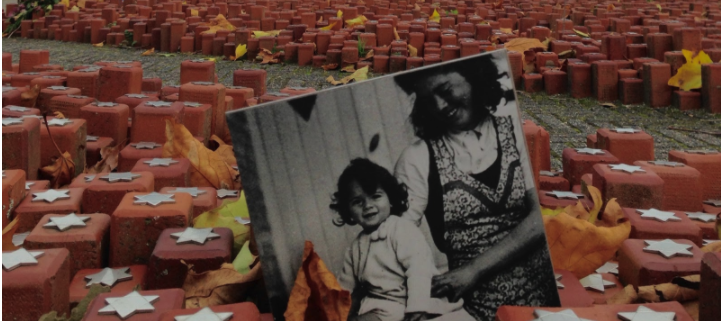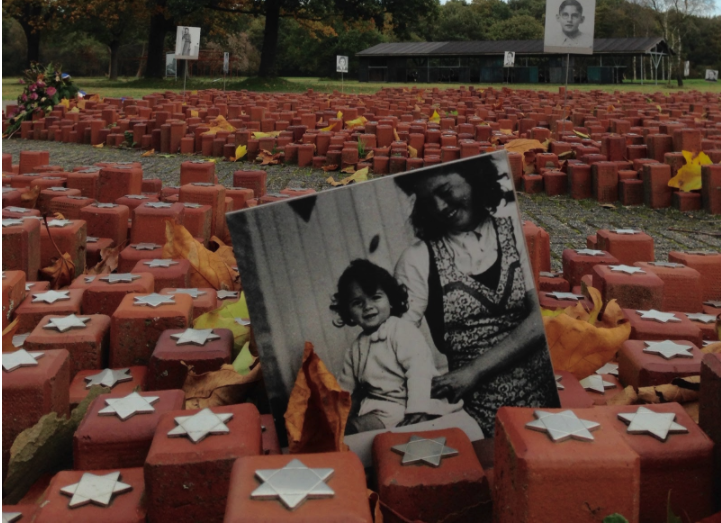Grade 9 Students Visit Kamp Westerbork Memorial Centre
On Thursday 12th October, 2017, Grade 9 travelled to the Kamp Westerbork Memorial Centre, in the province of Drenthe. From 1942 to 1944, Westerbork served as a transit camp for Dutch Jews before they were deported to killing centres in German-occupied Poland. As such, this is a highly significant historical site. Students were given a tour of the site of the former camp by experienced educators and also watched a film which showed rare footage of Dutch Jews leaving Westerbork for Auschwitz.
This visit gave our students a valuable opportunity to gain understanding of the Statement of Inquiry for our current unit ‘Global conflagration in the twentieth century’: ‘When leaders seek power through the choice of isolation and discrimination, this can often lead to significant levels of change and global conflict.’ This visit deepened our understanding of how certain conditions in society may lead to the rise of extreme consequences.
Below are reflections of some of our students, who share the programme for the day and what they learnt about the concepts of isolation, change and choice:
During the Westerbork trip, we walked along the long trail all the way to the camp itself- in a way creating a feeling as if we were the prisoners making the journey, because it was all very isolated and it was a long way there. We listened as a guide walked us through the different parts of the camp and monuments and explained the story behind everything. From this trip, I learned that the Nazis made Westerbork a ‘safer’ place to keep the Jews in comparison to the main concentration camps and Ghettos, because they wanted the Jews to trust that the place that they were going to by train was going to be similar. They held sporting activities, provided entertainment and even had a hospital where they took care of the sick.
After we were done with the tour and had seen the very end of the railroad tracks that are now cut off, we started our walk back. We then saw an image of the whole camp, that was taken at the time of its use, from the same spot we were then standing in and it created an emotional and impactful image in my mind: everything really had occurred here once, and we were standing right on it. – Elena Chova Badia
We learned why and how Westerbork was used: the role of the camp in the Second World War. It was deliberately placed far away from civilisation to distance the Jews and gypsies from the so-called “pure” nation. Two memorable moments of the trip were seeing the stone and the railway memorials. The stone memorial was made up of many red blocks in the ground, each with either a Jewish star, flame, or nothing on top. The Jewish stars symbolise the Jews brought to the camp, the flame the gypsies, and the blank stones the ones who resisted. It is a tribute to all who died. The railway symbolised all the train wagons taking Jewish children, women and men to death camps. These were memorable because they were very powerful in their symbolism. – Emma Keerberg
I learned that around 100,000 Jews were sent to their deaths from the Westerbork transit camp. I also learned that Anne Frank was imprisoned there at one point and that, strangely, Camp Westerbork wasn’t even the worst of places. Jews were treated decently here but then usually gassed immediately after they arrived at their death camps. A memorable moment was the train which was there. It was calling out all the names of the people who were there and it gave me goosebumps because of how young some of the people were. One story I found interesting was the one about the baby who got very good care, which was most likely expensive, at Westerbork but after being treated well by the German camp commandant was then transported to a death camp and killed. Lastly, the long trip there gave me a sense of how isolated they must have felt for the short period they were there. – Olivier Van Oijen
Article by: Joanne Gogelescu, ISA Individuals and Societies Faculty




